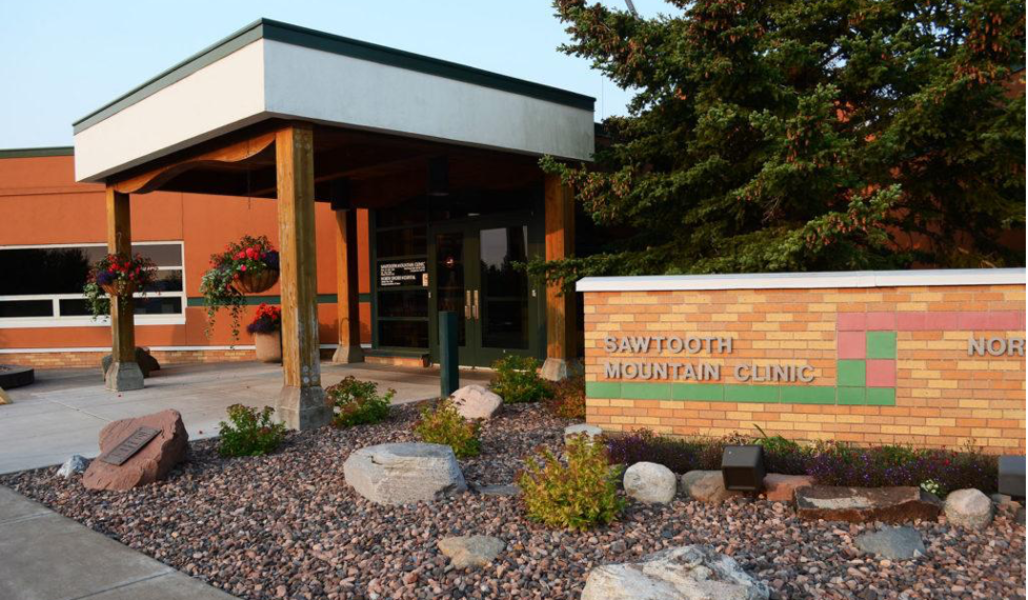
Telehealth Technology Helps Rural Clinic Extend Care Beyond Basics
For Sawtooth Mountain Clinic, a community health center located in Grand Marais, Minnesota, COVID-19 was only part of the upheaval they experienced during Spring 2020.
“By May, we were proceeding with a pre-planned remodeling of our in-house pharmacy so our entire physical space was in upheaval,” said Carin Gulstrand, patient access department manager at Sawtooth Mountain Clinic. “At the same time, we were in the process of trying to implement telehealth to link our patients with psychiatrists located two hours away as well as dealing with the changes necessitated by the pandemic.”
The clinic staff tackled one challenge at a time and, in the process, managed to positively affect the lives of many of their patients in unexpected ways.
Sawtooth Mountain Clinic participates in the Providing Rural Access to Care via Telehealth in a Collaborative Environment (PRACTICE) grant, which the Great Plains Telehealth Resource & Assistance Center (gpTRAC) supports and administers.

Photo description: Sawtooth Mountain Clinic
Telehealth Visits Boosts Opioid Disorder Outcomes
Sawtooth Mountain Clinic provides medication-assisted treatment for opioid use disorder. Prior to the relaxation of telehealth rules needed to deal with COVID, these patients were seen in person.
“These patients often had barriers to making their weekly appointments,” Gulstrand explained. “They might not be able to take time off work or faced transportation challenges, which meant that many lacked the consistency to make progress in their treatment.”
Once telehealth appointments were allowed, these frequent visits were easier to manage. “Since these patients could make more of their telehealth visits, our interventions were more successful,” she added. “They could do their virtual appointment over a lunch break at work. I’m proud of these patients who prioritize their treatment. We have almost a zero no-show rate, and these patients are better able to maintain sobriety.”
Creative Solutions to Meet Patient Needs
At the beginning of COVD-19, Sawtooth Mountain Clinic shut down all in-person appointments. They tried to offer behavioral health services as often as possible by telephone; however, for some patients, this was simply not enough.
“We had one older patient who didn’t have anything but a basic mobile phone, and he really wanted to be able to see his therapist during his session,” Gulstrand said. “As a result, our staff worked with him to find a way to accommodate him and others in a similar situation.”
The clinic already had a fleet of iPads with wipeable covers that had been used for initial health questionnaires during in-person appointments before the pandemic. The staff brought those back into action.
“Since we needed to reduce traffic in the clinic, we couldn’t offer him a patient care room,” Gulstrand said. “Instead, we loaded zoom onto an iPad along with instructions, and when our staff saw this patient pull into the parking lot, someone would bring him an iPad. He could then sit in the parking lot and connect to his therapist who was in the clinic office for his session.”
Because this process went so smoothly, Sawtooth Mountain Clinic was able to extend video conferencing appointments to its larger patient population. Most were able to connect from home, but those who couldn’t had the option of connecting from the clinic parking lot.
“I think once our scheduling team saw this initial virtual appointment in action, it helped them overcome mental barriers to telehealth,” Gulstrand said. “It gave everyone a frame of reference, an example of how it could work. It opened a door to thinking in a new way and to other telehealth possibilities.”

Photo description: Sawtooth Mountain Clinic lobby
Introduction to Video Technology
Since about one-third of Sawtooth Mountain Clinic’s patients are rural-based clients over the age of 65, using technological tools was a huge initial challenge.
“We have a lot of technology-averse patients so, in the early days, trying to do a virtual doctor’s appointment was their very first exposure to video conferencing,” Gulstrand said. “Our front desk staff became a de facto IT help desk for these patients. We coached hundreds of patients on how to connect virtually; some were at the level of learning the difference between a web browser and email.”
Although these lessons in technology took time and patience, the Sawtooth Mountain Clinic staff saw the necessity of providing healthcare during the pandemic and beyond.
“I think having that personal connection–another human on the other end of the phone, walking them through how to use Zoom and teaching them the terminology–gave them a newfound confidence,” Gulstrand said. “We noticed by the second or third appointments, these patients were linking with no problems. I would guess that these lessons helped them initiate other video conferences as well with family and friends, which was so important during the isolation that came with COVID-19.”
